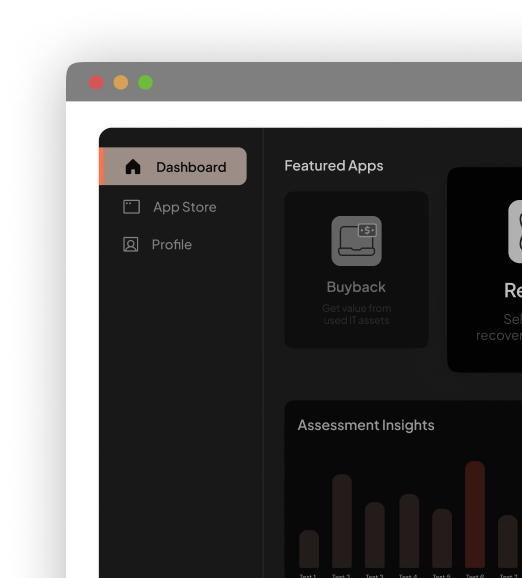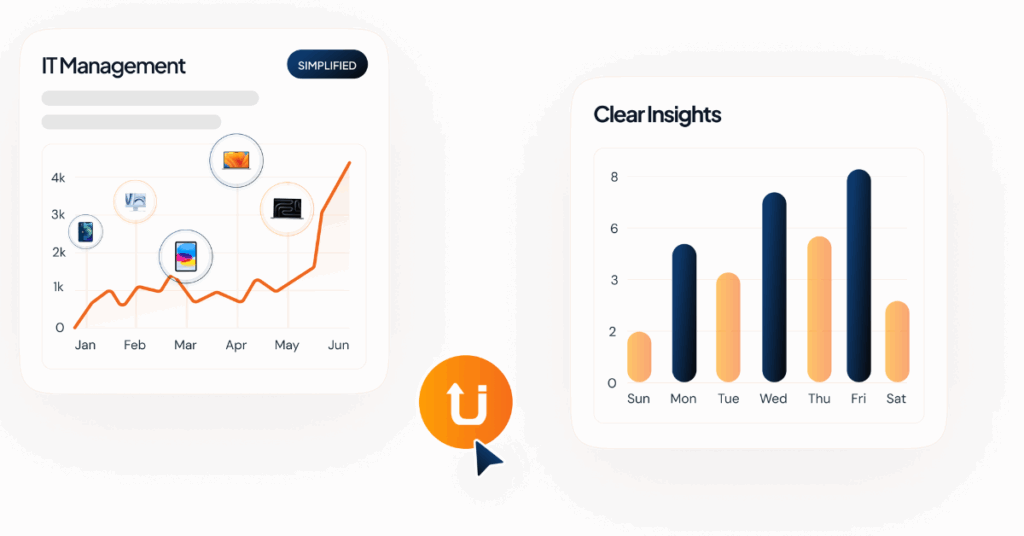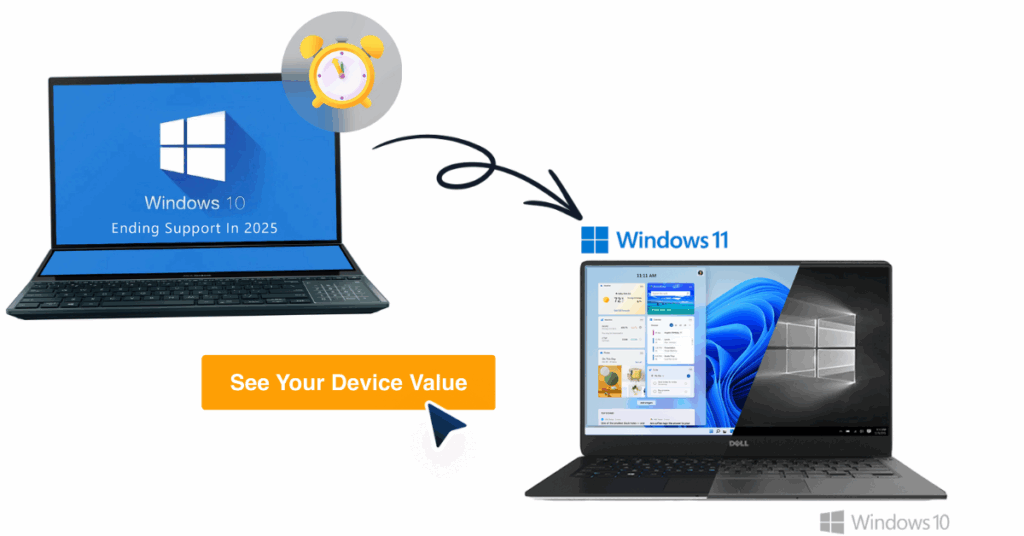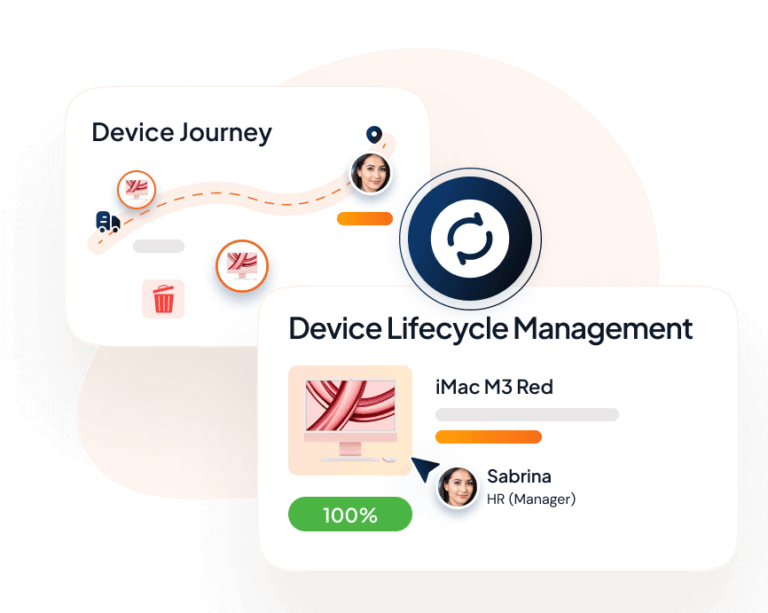We begin by diving right into understanding a policy by the International Accounting Standards (IAS), IAS-16. This policy outlines the accounting treatment for most types of property, plants, and equipment. The cost of the assets initially measured include all costs necessary to bring the asset into working condition for the intended use. The initial measurement includes the original price and the cost of site preparation, delivery and handling, installation, related professional fees for architects and engineers, the estimated cost of dismantling and removing the asset, and restoring the site. Then a subsequent measurement is performed either using a cost or revaluation model. After the measurements of cost are evaluated, the cost of the asset is depreciated so that the depreciable amount is allocated on a systematic basis over its useful life. Depreciation of a fixed asset should be started when the asset is ready for use, according to IAS-16.
In simplified terms the standard for maximizing profit on IT assets ready to be disposed of is asset assessment, revaluation, and asset cost depreciation. The quick lesson on accounting was necessary to explain because disposing of old assets is not the same as selling a packaged good because your company or organization is accountable for its own profit. Whether that asset is a building or an IT asset like a desktop computer this standard is a go to for anyone reevaluating the cost of a fixed asset. A fixed asset can be land, office building, machinery, cars, computers, tables, and others related.
Furthermore, taking the same standard into account depreciation of the original cost of your IT asset is not always going to end you up with less revenue because the assessment and revaluation comes before that. A hypothetical scenario would be an IT organization disposing of its core i3 desktops. Almost all core i3 desktops have a decent graphics card and in 2021 those are bought like cheap ice cream on a hot day. If the organization is looking to sell the full desktop, they will not be able to maximize on the asset because if parted out then each part can be of more value than the whole desktop combined. Graphics cards are used to set up GPUs to mine crypto currency, which is another way of maximizing on your IT asset by assessing your asset’s use in other ways to make profit rather than disposing it completely.
For instance if the IT asset is not advised to be parted out or sold due to cyber security reasons, even then the organization has the option of using data erasers and data destruction processes to render the security threat 99% deflected and then sell the asset as they please. Such companies that offer these data eraser and data destruction processes offer to sell the assets for them too using the same standard of assessment, revaluation, and cost depreciation to make profit off the disposed goods and charge for their services minus the depreciated cost of the asset that was sold. Making a profit for themselves off the disposed goods and simultaneously charging the client for their services. An organization should use data eraser/destruction services these days (due to cyber security threats at its peak) to make disposing of assets risk free but they should sell the asset off themselves to maximize profit.







